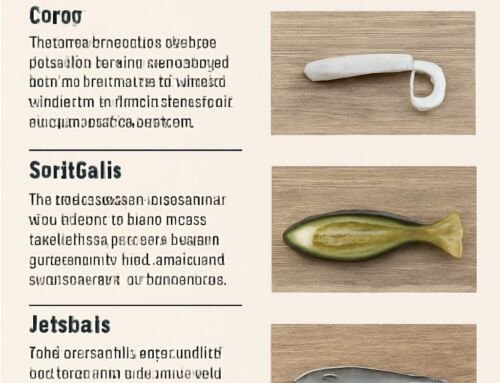Essential Terminal Tackle for Beginner Anglers
So, you’ve decided to take up fishing? That’s fantastic! Fishing is a rewarding hobby that can provide hours of enjoyment and relaxation. But before you cast your first line, it’s important to understand the essential terminal tackle you’ll need.
Terminal tackle refers to the fishing equipment that is directly attached to the fishing line and comes into contact with the fish. While there’s a vast array of tackle available, these are the fundamental pieces every beginner should have:
1. Hooks
- Purpose: Hooks are used to secure the bait or lure and catch the fish.
- Types: There are numerous hook styles, but for beginners, a versatile option is the O’Shaughnessy hook. It’s suitable for a variety of fish species and fishing techniques.
- Size: Hook size is determined by the size of the bait or lure and the target species. A good rule of thumb is to match the hook size to the size of the fish you expect to catch.
2. Sinks
- Purpose: Sinkers are used to get your bait or lure to the desired depth.
- Types: Common sinker types include:
- Bullet sinkers: Versatile and easy to use.
- Egg sinkers: Ideal for bottom fishing.
- Split shot: Small, versatile sinkers used in lighter line setups.
- Weight: The weight of the sinker depends on factors like the current, wind, and the depth you want to fish.
3. Swivels
- Purpose: Swivels prevent line twist and reduce the risk of line breakage.
- Why they’re important: When a fish is fighting, it can cause the line to twist, which can weaken it and lead to a broken line. Swivels allow the bait or lure to move freely, reducing line twist.
4. Leaders
- Purpose: Leaders are short sections of monofilament or fluorocarbon line tied between the main line and the hook.
- Benefits:
- Abrasion resistance: Leaders protect your main line from abrasion caused by rocks, vegetation, or the fish’s teeth.
- Increased visibility: Fluorocarbon leaders are nearly invisible underwater, which can improve your hook-up ratio.
5. Line
- Purpose: Line connects your rod to the terminal tackle.
- Types: Monofilament and fluorocarbon are popular choices for beginners. Monofilament is more stretchy and forgiving, while fluorocarbon is stiffer and less visible.
Additional Tips:
- Start with a simple rig: A basic rig with a hook, sinker, and swivel is a great starting point.
- Practice knot tying: Strong knots are essential for preventing break-offs.
- Match your tackle to the conditions: The type of tackle you use will vary depending on the water conditions, the fish you’re targeting, and the fishing technique you’re employing.
- Don’t be afraid to experiment: Fishing is a learning process. Try different types of tackle to find what works best for you.
Remember, the best way to learn about fishing is to get out there and do it. Experiment with different setups and techniques, and most importantly, have fun!





